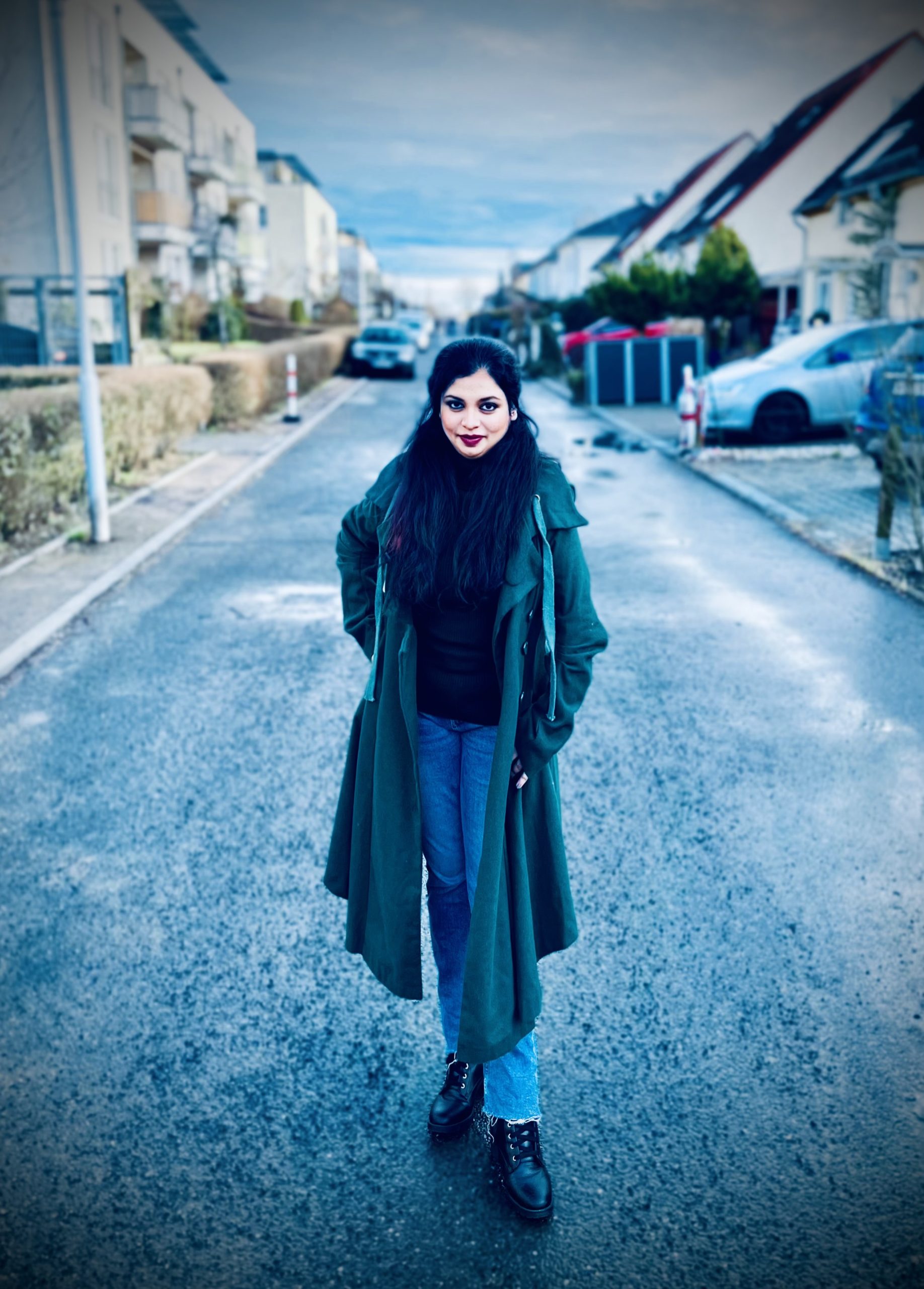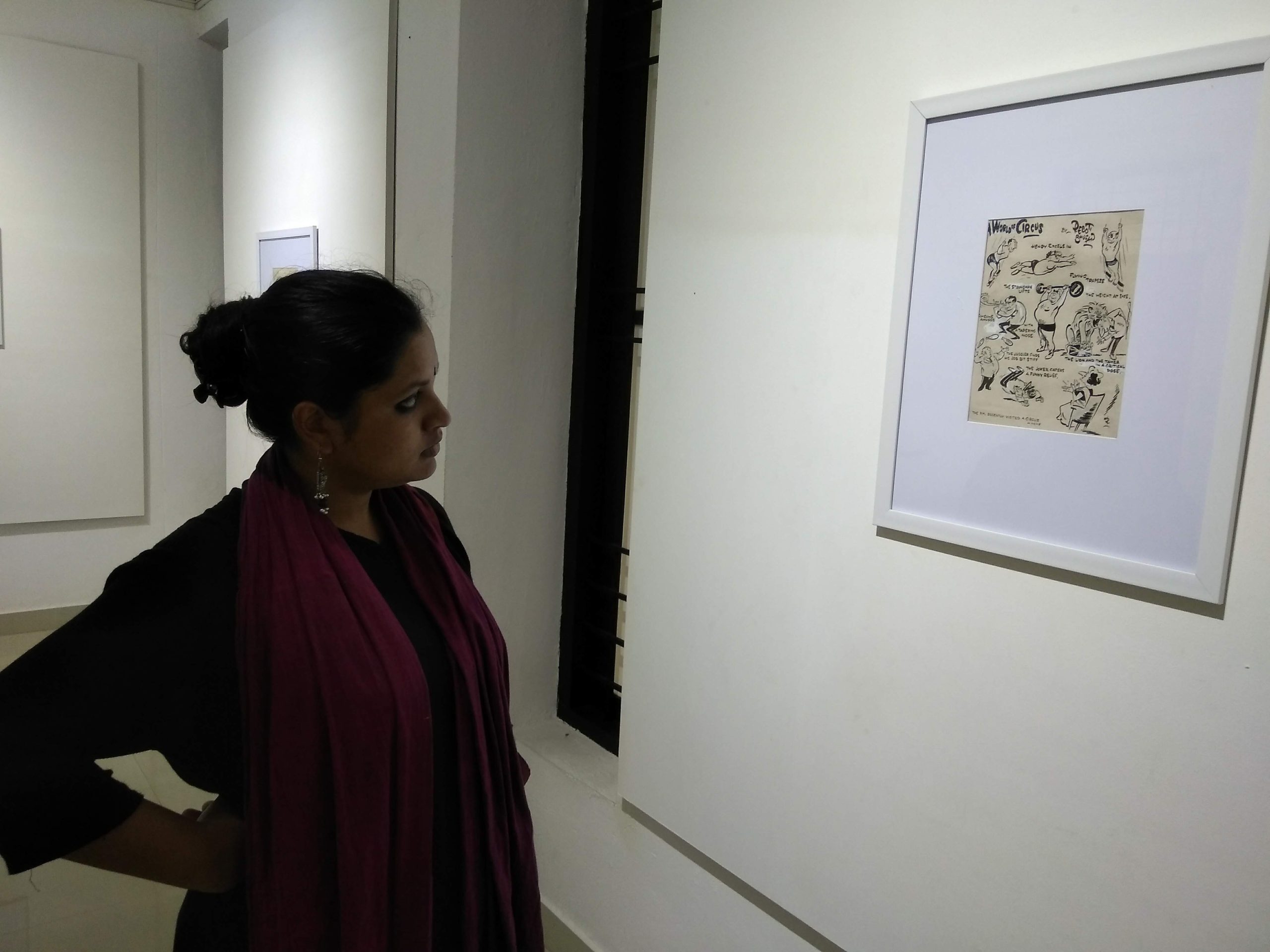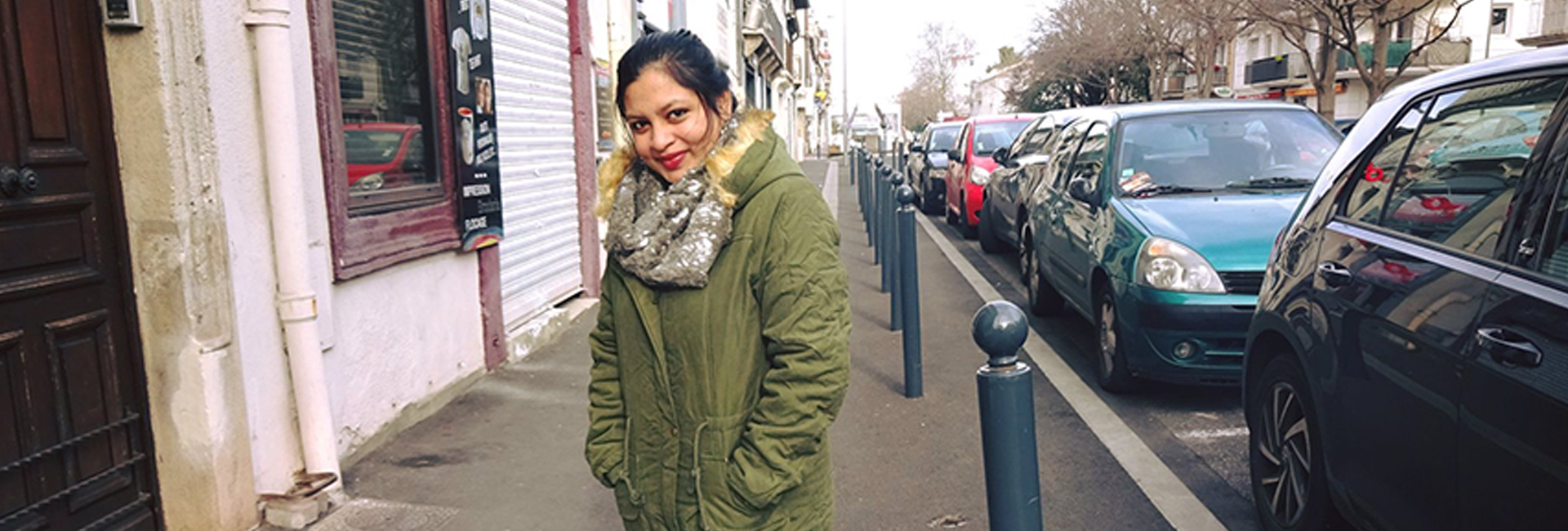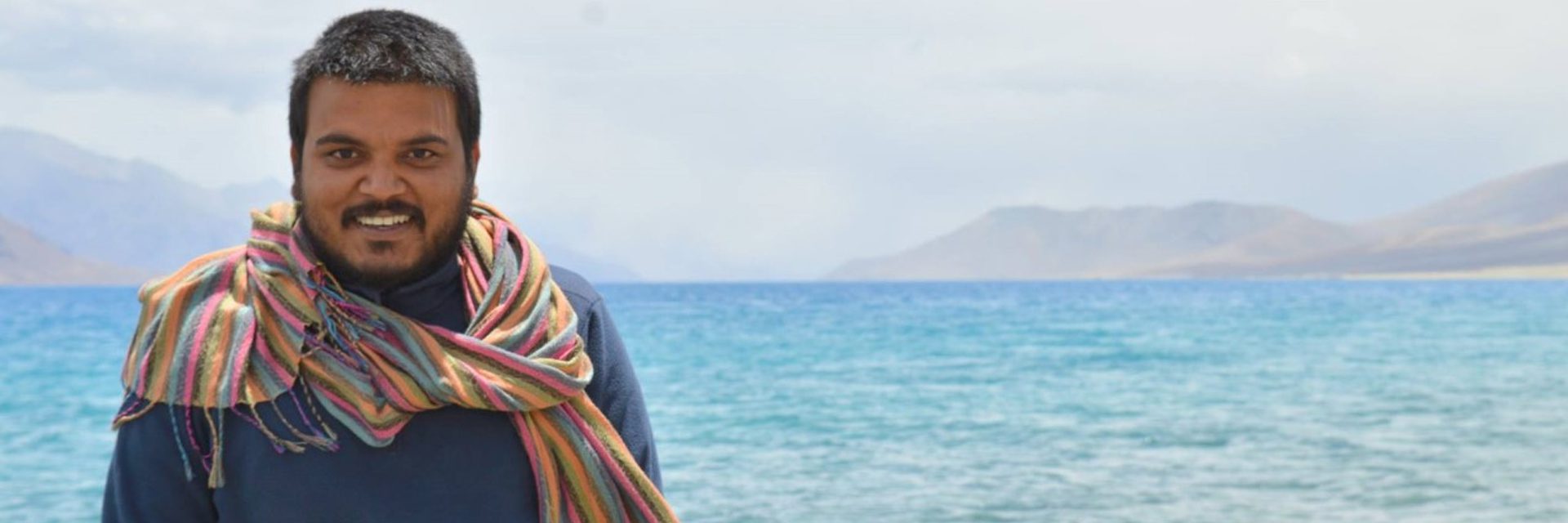(January 25, 2023) The stories of families displaced during the partition of India, while not new, are often unheard of and forgotten. For decades now, there has been a lack of visibility and representation – especially of those who migrated from East Bengal to India in 1947. Working towards bringing the stories of these families forward is a young Indian scholar, Rituparna Rana, who is currently doing Ph.D. in Migration Studies at the Freie Universität Berlin, Germany. A well-known artist, she is also a Marie Curie Fellow affiliated with Université Paul-Valéry – Montpellier III, France, and Freie Universität in the MOVES European Joint Doctorate.

“The stories of families who moved from various parts of East Bengal to India are completely forgotten, however, they hold immense historic value. Coming from a Bengali family, these are the stories that I grew up with. I have realised that even though there exists an ample amount of secondary material and scholarship about these families, we still lack a larger repository of primary materials and the contemporary understanding of partition from the second and third generation of migrants. And I wanted the world to know about it,” shares Rituparna, as she connects with Global Indian from Germany.
Currently busy establishing a virtual migration museum through her initiative, The South-Asian Migrant Identity: Narratives, Spaces, and Constructs, which is a research and creative collaborative of the Institute of Advanced Studies, University of Minnesota, Rituparna is dedicated to bringing forth the stories of the migrant communities of South Asia. “The virtual museum focuses on building a multimedia platform to record the different kinds of research happening on South Asian migrations, by South Asian scholars, academicians, and artists,” she explains. The virtual museum is planned to be launched at the beginning of Spring 2023.
Seeded in history
Growing up in Chittaranjan Park, New Delhi, the stories of India’s partition and displaced families were an innate part of the artist’s childhood. “I grew up in an East Bengal refugee colony in Delhi. My father was a government official and we used to live with another family who were first generation migrants from East Bengal. These stories had a huge influence on me and eventually, that also had an impact on my career choice,” explains the artist.

With a deep interest in the narratives and traditions of story-telling, Rituparna pursued her graduation in English Literature from Delhi University. “My Master’s research, which I did from IIT Gandhinagar, was on the literary representation of women in several short stories and how they responded and reacted to the social turmoil of both the pre-partition years and after the India-East Pakistan border-line was drawn.”
Around the same time, the artist also trained as an Oral Historian with the 1947 Partition Archive, California, and collected over 50 actual oral accounts of the migrants who witnessed the 1947 India-Pakistan Partition. “We all know the story of India’s partition, and while much has been talked about it, the first-person account of people who have survived the tumultuous time has always been missing. These personal interactions with narratives of partition helped me to structure my Doctoral research,” she shares.
Retelling forgotten stories
In 2021, Rituparna moved to Germany to pursue her doctorate in migration studies. An Early Stage Researcher at the Freie Universität Berlin, the artist’s research is focussed on the nationalistic narrative of the event where there has been an attempt to construct a holistic historical narrative of the 1947 Partition rather than studying how it affected the grassroots levels.

Rituparna (centre) while filming a documentary on the Indo-Pak partition migrants
“With the turn of the 1990s, where alternative histories made some space in the academics, the focus shifted to oral histories and scholars began to record the narratives of first-generation partition migrants. However, I have shifted my focus to recording the narratives of second and third-generation partition migrants to study intergenerational trauma which travels through oral narratives, memories, and nostalgia. I aim to understand how the concept of ‘home’ and the ‘sense of belonging’ transforms from one generation to the other,” she shares.
It was during her research that she became inspired to showcase the work of distinguished academicians and artists carrying the South Asian identity on one single platform. A collaborative space where contemporary researchers, scholars, and artists from South Asia are introducing their works using diverse modes of expression, the exhibition is funded by the Institute of Advanced Studies, University of Minnesota.

“The purpose of this exhibition is to provide an overview of the academic, creative and artistic work that is being produced by South Asians on different historical, political, social, cultural, and economic discourses that affect South-Asian migrations throughout history and as well as contemporary times, shares the artist, adding, “A short piece on the individual narratives of a few immigrant children from South Asia residing in Europe and the USA is also a section of the virtual museum.”
- Follow Rituparna Rana on LinkedIn
Also Read: Ananya Birla: The artist and entrepreneur tiptoeing into the family business



